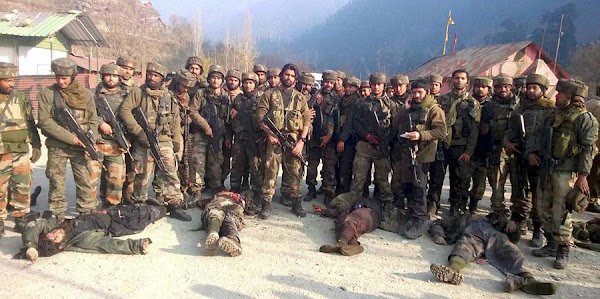geologic time, the extensive interval of time occupied by the geologic history of Earth. Formal geologic time begins at the start of the Archean Eon (4.0 billion to 2.5 billion years ago) and continues to the present day. Modern geologic time scales additionally often include the Hadean Eon, which is an informal interval that extends from about 4.6 billion years ago (corresponding to Earth’s initial formation) to 4.0 billion years ago. Geologic time is, in effect, that segment of Earth history that is represented by and recorded in the planet’s rock strata.
The geologic time scale is the “calendar” for events in Earth history. It subdivides all time into named units of abstract time called—in descending order of duration—eons, eras, periods, epochs, and ages. The enumeration of those geologic time units is based on stratigraphy, which is the correlation and classification of rock strata. The fossil forms that occur in the rocks, however, provide the chief means of establishing a geologic time scale, with the timing of the emergence and disappearance of widespread species from the fossil record being used to delineate the beginnings and endings of ages, epochs, periods, and other intervals. One of the most widely used standard charts showing the relationships between the various intervals of geologic time is the International Chronostratigraphic Chart, which is maintained by the International Commission on Stratigraphy (ICS).
The geologic time scale is the “calendar” for events in Earth history. It subdivides all time into named units of abstract time called—in descending order of duration—eons, eras, periods, epochs, and ages. The enumeration of those geologic time units is based on stratigraphy, which is the correlation and classification of rock strata. The fossil forms that occur in the rocks, however, provide the chief means of establishing a geologic time scale, with the timing of the emergence and disappearance of widespread species from the fossil record being used to delineate the beginnings and endings of ages, epochs, periods, and other intervals. One of the most widely used standard charts showing the relationships between the various intervals of geologic time is the International Chronostratigraphic Chart, which is maintained by the International Commission on Stratigraphy (ICS).




